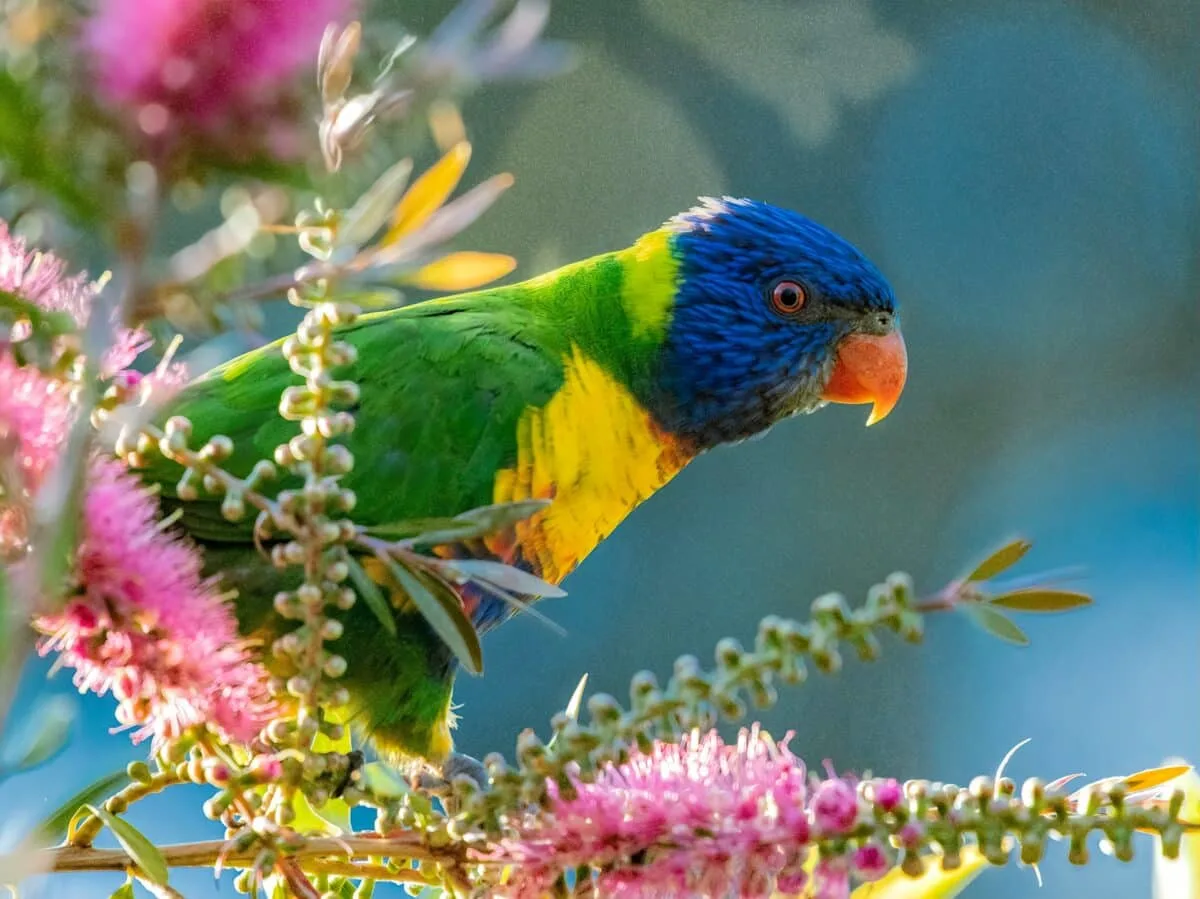Welcome to Animals that Start with U.
There are many exciting animals whose spelling begins with the letter U. We’ve compiled a detailed list of these animals, including mind-blowing facts, scientific names, and locations.
Overview of Animals that Start with U
1. Uakari

| Scientific Name | Cacajao spp. |
| Where it lives | South America, in the Amazon rainforest |
| What it Eats | Seeds, fruit, insects |
| Conservation Status | Vulnerable |
Fun Fact: Uakaris have shorter tails than most other monkeys living in America.
Uakaris include four species of monkeys that inhabit the Amazon rainforest. The monkeys feature long and shaggy coats. Of the four uakari species, the Bald Uakari is the most well known due to its bald head and distinct red face.
2. Ucayali Spiny Mouse
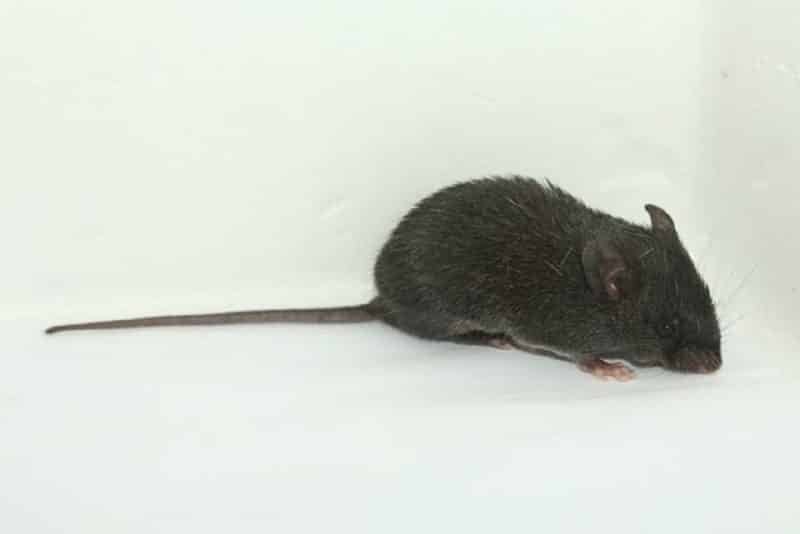
| Scientific Name | Scolomys ucayalensis |
| Where it Lives | Brazil, Ecuador, Colombia, and Peru |
| What it Eats | Seeds, fruit, insects |
| Conservation Status | Least concern |
Fun Fact: In the face of an attack, these spiny mice will shed their skin then run away.
Ucayali spiny mice are tiny rodents that inhabit the Amazon rainforest. Their fur is mostly black and gray, but the hair on their back may appear reddish-brown to reddish-black. They have unique self-defence tactics against predators.
3. Uda Sheep
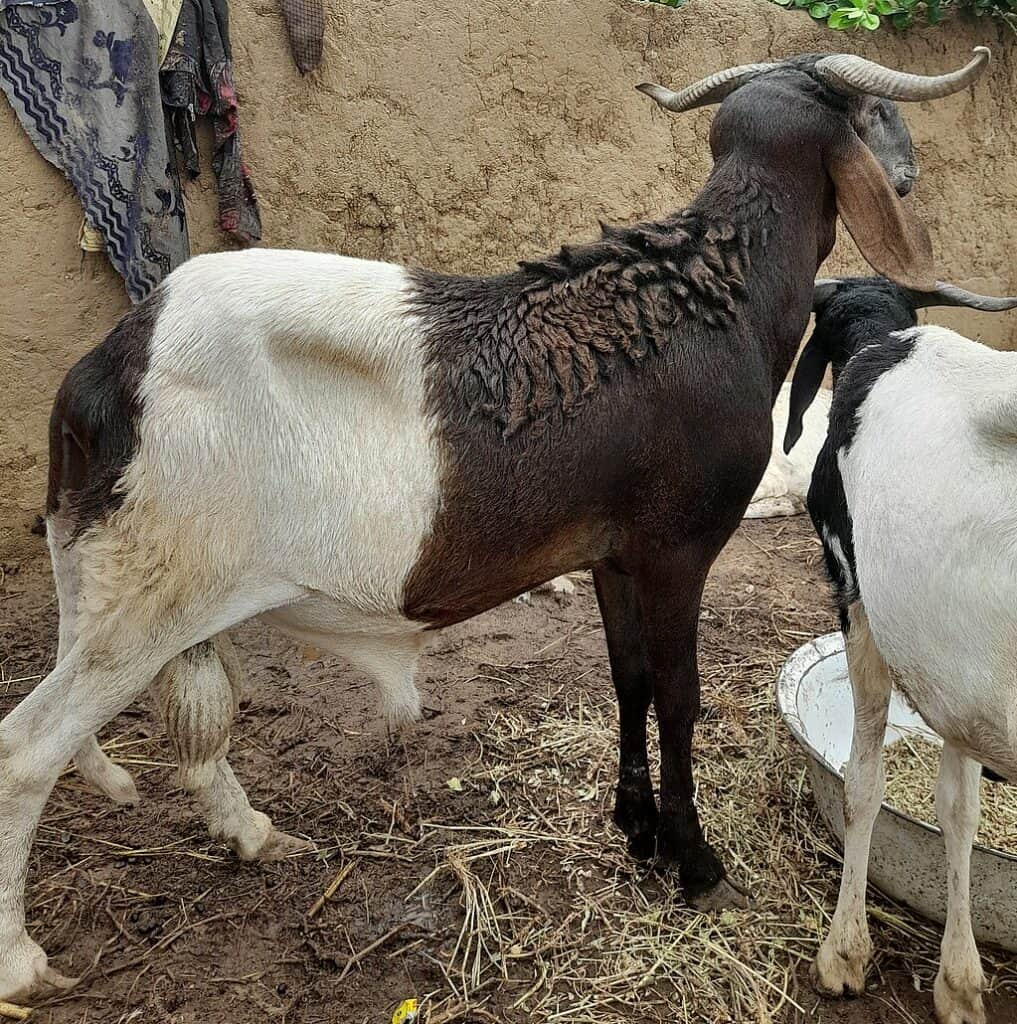
| Scientific Name | Ovis aries |
| Where it Lives | Chad, Niger, Cameroon, and Nigeria. |
| What it Eats | Grass, leaves, shrubs |
| Conservation Status | Endangered |
Fun Fact: Unlike other sheep, their fur bears more semblances to hair than fur.
Uda sheep stand out due to peculiar markings which gives them a unique appearance (akin to one wearing a brown shirt and white pants). They are domesticated sheep from Africa that are solely bred for meat.
4. Uganda Kob
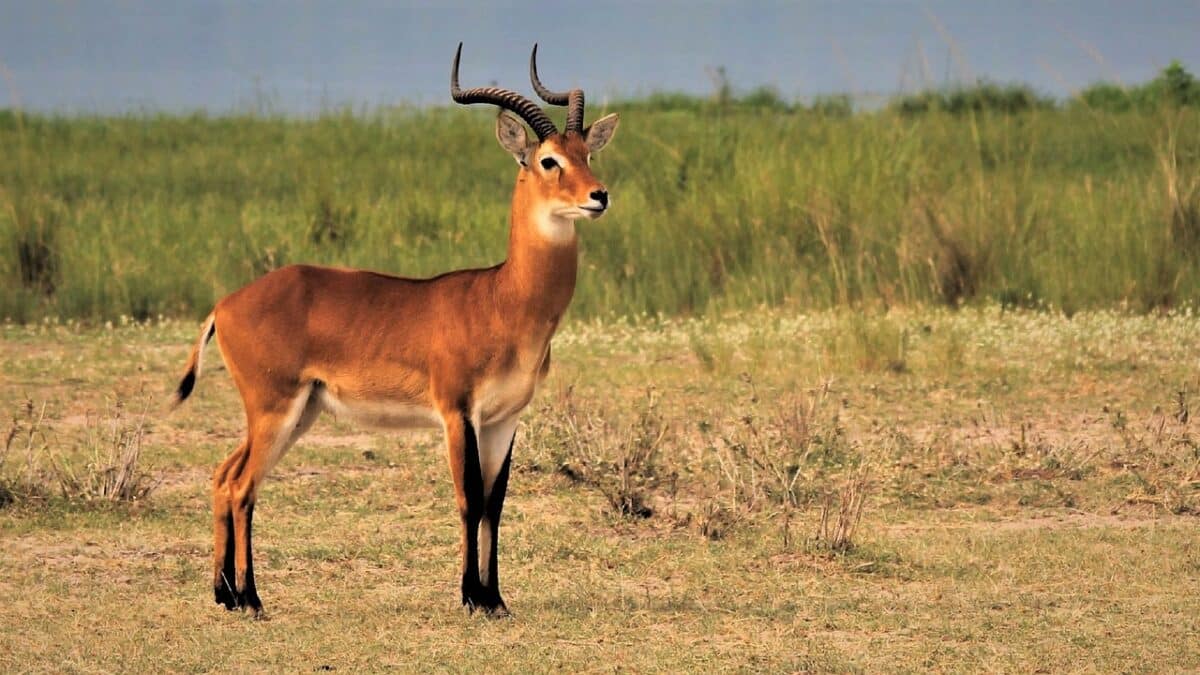
| Scientific Name | Kobus kob thomasi |
| Where it Lives | Sub-Saharan Africa |
| What it Eats | Grasses and reeds |
| Conservation Status | Least concern |
Fun Fact: The females are much more social than their male counterparts and they often lead the group when they move as a pack.
Ugandan Kobs belong to a family of antelopes. They mostly live in savanna woodlands, floodplains, and grasslands with proximity to a source of water.
5. Uguisu
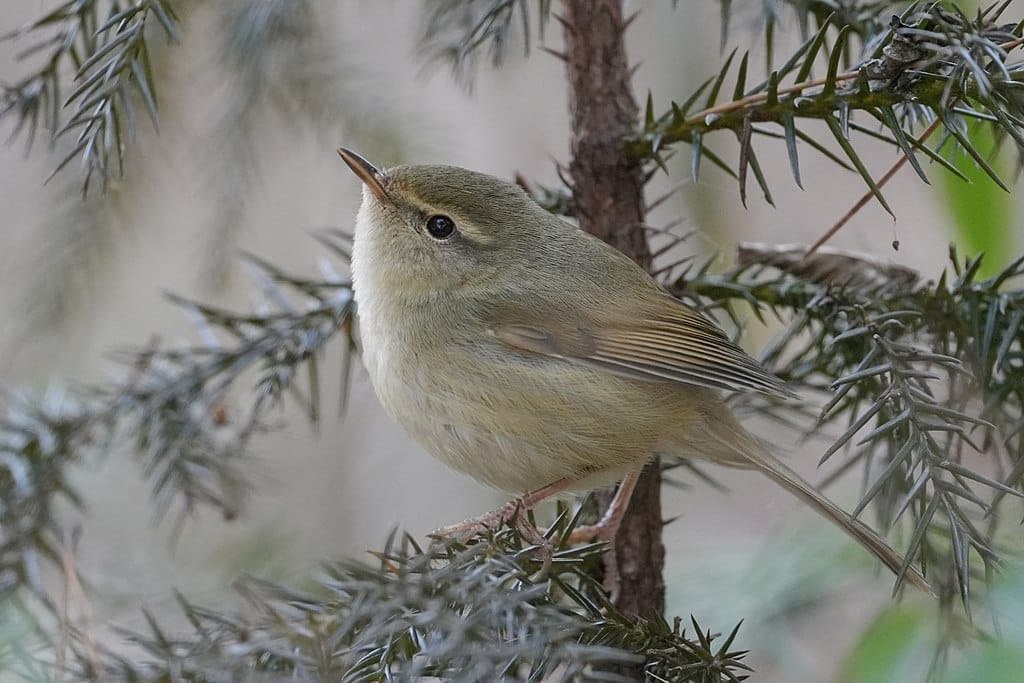
| Scientific Name | Horornis diphone |
| Where it Lives | Japan, Korea, Taiwan, south China, north Philippines |
| What it Eats | Insects and berries |
| Conservation Status | Least concern |
Fun Fact: The droppings of the Uguisu bird is a common ingredient in products that whiten skin.
Uguisus, a.k.a. Japanese nightingales or Japanese bush warblers, are small birds that vocalize melodious music, particularly in spring. They have astonishingly beautiful and soothing voices such that Japanese female announcers with melodious voices are called Uguisu-Jo.
6. Uganda Woodland Warbler
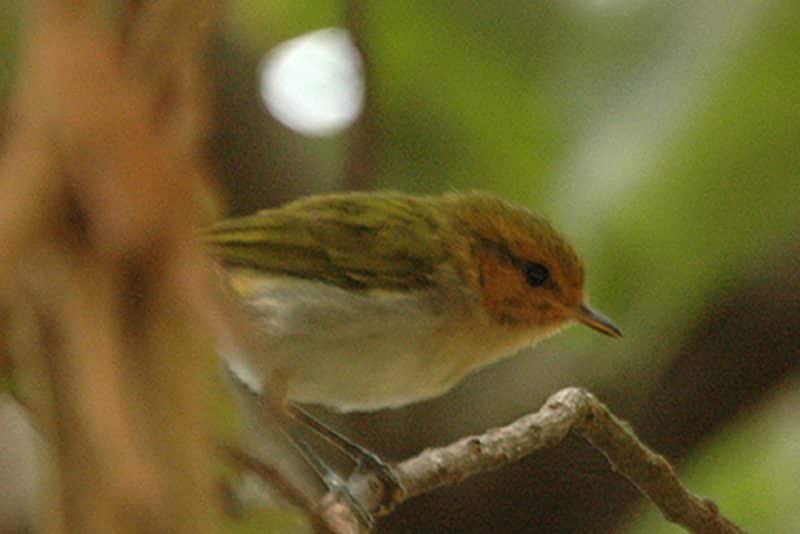
| Scientific Name | Phylloscopus budongoensis |
| Where it Lives | Uganda and Equatorial Guinea |
| What it Eats | Small insects |
| Conservation Status | Least concern |
Fun Fact: The Ugandan warblers sing as fast as they fly.
Uganda woodland warblers, otherwise known as Red-faced woodland warblers, are small birds with remarkable flying speeds. The birds are easily identified by their cacophony of fast-paced and high-pitched notes.
7. Uinta Chipmunk
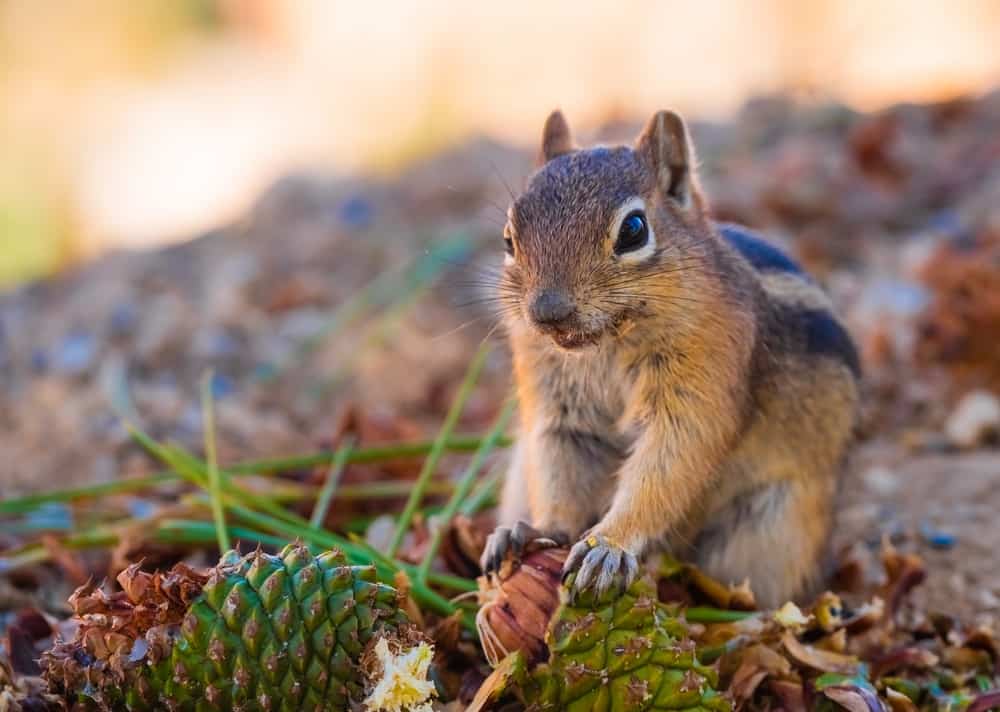
| Scientific Name | Neotamias umbrinus |
| Where it Lives | Alpine mountain, western United States |
| What it Eats | Conifers, seeds, fungi |
| Conservation Status | Least concern |
Fun Fact: Unlike other chipmunk species, Uinta chipmunk do not hibernate; rather they store large amounts of food against winter.
Uinta Chipmunks are somewhat rare animals that are only found in Arizona, Nevada, California, Colorado, Utah, Montana, Wyoming, and Idaho. They favor forests with extremely elevated trees.
8. Uinta Ground Squirrel
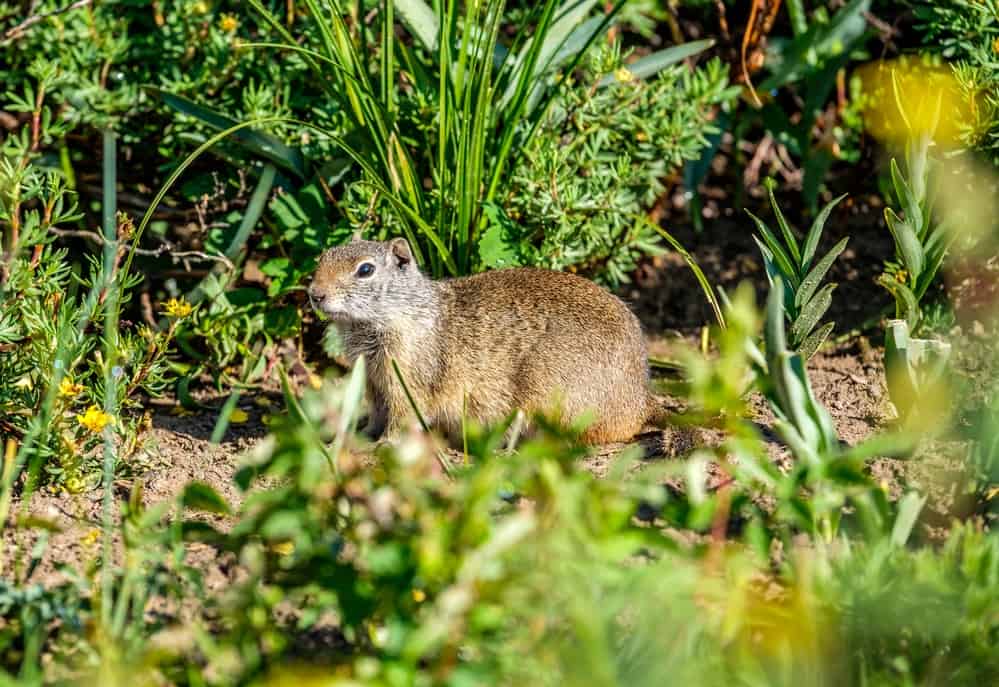
| Scientific Name | Urocitellus armatus |
| Where it Lives | Western United States |
| What it Eats | Seeds, nuts, grains, insects |
| Conservation Status | Least concern |
Fun Fact: The ground squirrels hibernate from mid-July to mid-March.
Uinta ground squirrels are rodents belonging to the squirrel family, Sciuridae. They mostly live in Wyoming, Idaho, Montana, and Utah. They favor grasslands and shrublands. The squirrels sport brown-gray fur with a bushy tail.
9. Ukrainian Riding Horse
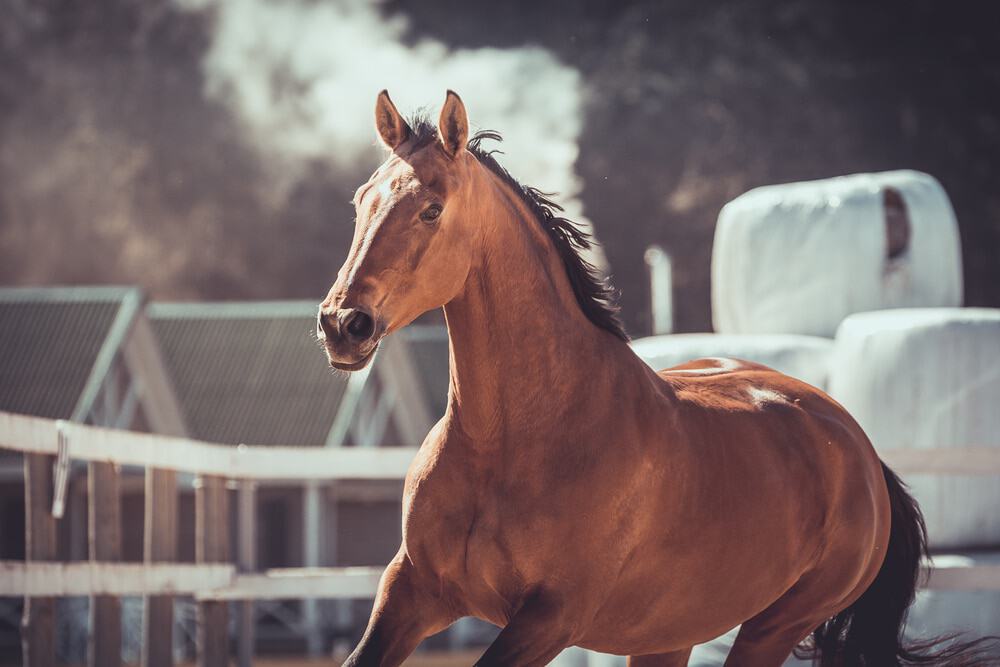
| Scientific Name | Equus ferus caballus |
| Where it Lives | Ukraine |
| What it Eats | Grass, hay, grain |
| Conservation Status | Least concern |
Fun Fact: They are one of the smartest and most well-tempered kinds of horses alive.
Ukrainian horses, as the name implies, are horse breeds from Ukraine. They are famous for having a calm temperament and friendly disposition. They feature big powerful bones and weigh about 1,000 pounds.
10. Uliodon
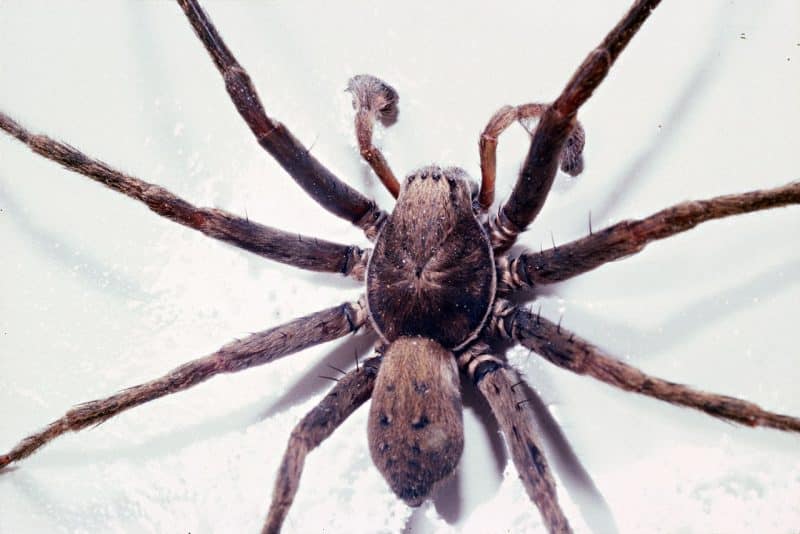
| Scientific Name | Uliodon spp. |
| Where it Lives | New Zealand |
| What it Eats | Ground-dwelling invertebrates |
| Conservation Status | Least concern |
Fun Fact: The spiders are commonly found indoors during March.
Uliodons are a vagrant spider native to New Zealand. They mostly inhabit forests, logs, and beneath burrows where they hunt insects. Furthermore, they have exceptionally strong legs that are suitable for digging. Most species are classified as “not threatened,” whereas some others may be declining.
11. Ultramarine Flycatcher
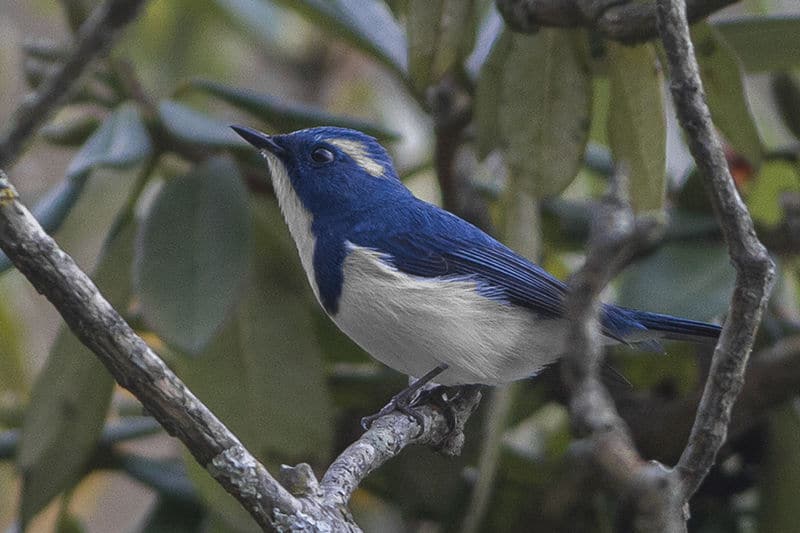
| Scientific Name | Ficedula superciliaris |
| Where it Lives | Himalayas and southern India |
| What it Eats | Insects, small invertebrates |
| Conservation Status | Least concern |
Fun Fact: They spend summer months in the Himalayas, but trek to India to spend the winter months.
Ultramarine flycatchers are solitary birds, only found in pairs during their breeding season in April to July. They rarely venture out into the open, preferring to keep hidden among foliage.
12. Ultramarine Grosbeak
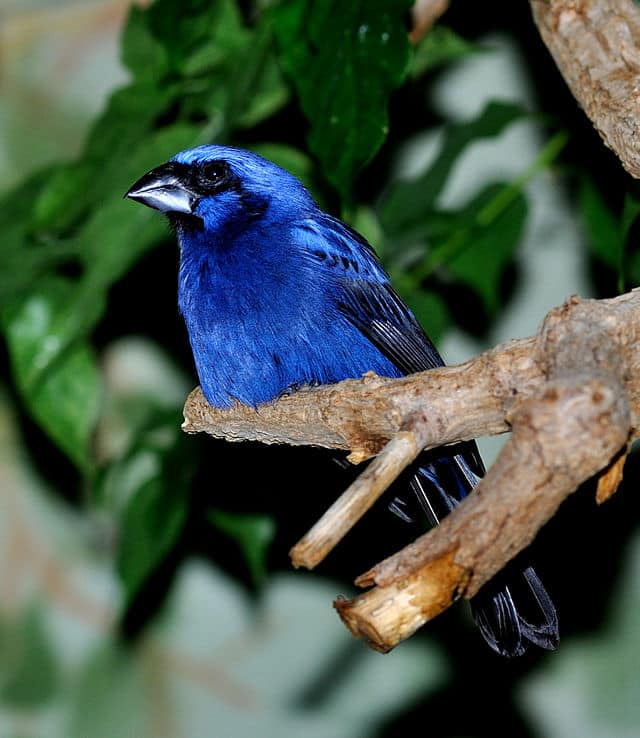
| Scientific Name | Cyanocompsa brissonii |
| Where it Lives | Eastern and central South America |
| What it Eats | Seeds, fruits, insects |
| Conservation Status | Least concern |
Fun Fact: The male birds are blue and black, whereas the females are brown.
Ultramarine grosbeaks are bird species indigenous to South America, having large populations in Venezuela and Colombia. They sport different colors including black, blue, and brown. They are mostly found in thickets near water.
13. Ultramarine Lorikeet
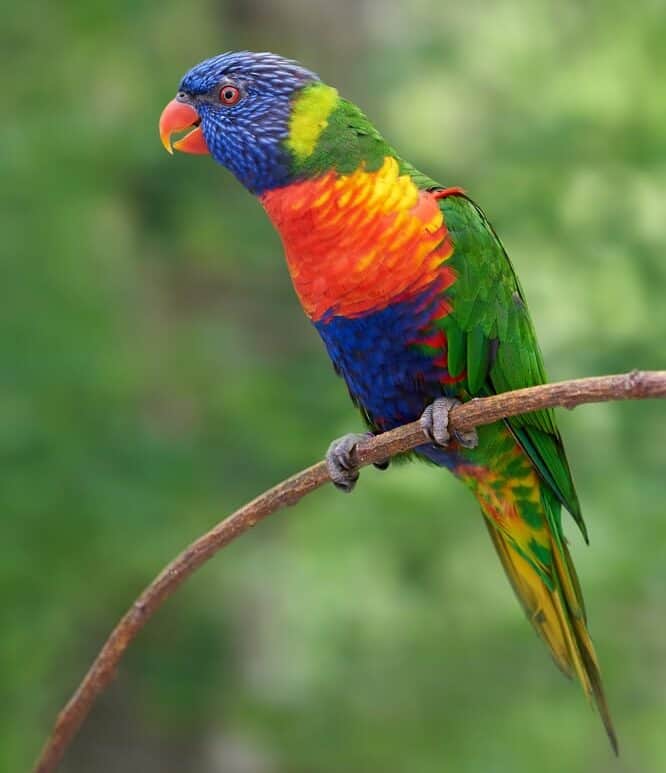
| Scientific Name | Vini ultramarina |
| Where it Lives | Marquesas Islands, French Polynesia |
| What it Eats | Nectar, pollen, flowers |
| Conservation Status | Endangered |
Fun Fact: Approximately 2,000 ultramarine lorikeets are in existence.
Ultramarine lorikeets, one of the most colorful parrots alive, are shrouded in orange, blue, and green colors. Secondly, they grow to an estimated seven inches in length and weigh just 1.2 ounces. However, they are on the brink of extinction and are endemic to French Polynesia.
14. Ulysses Butterfly
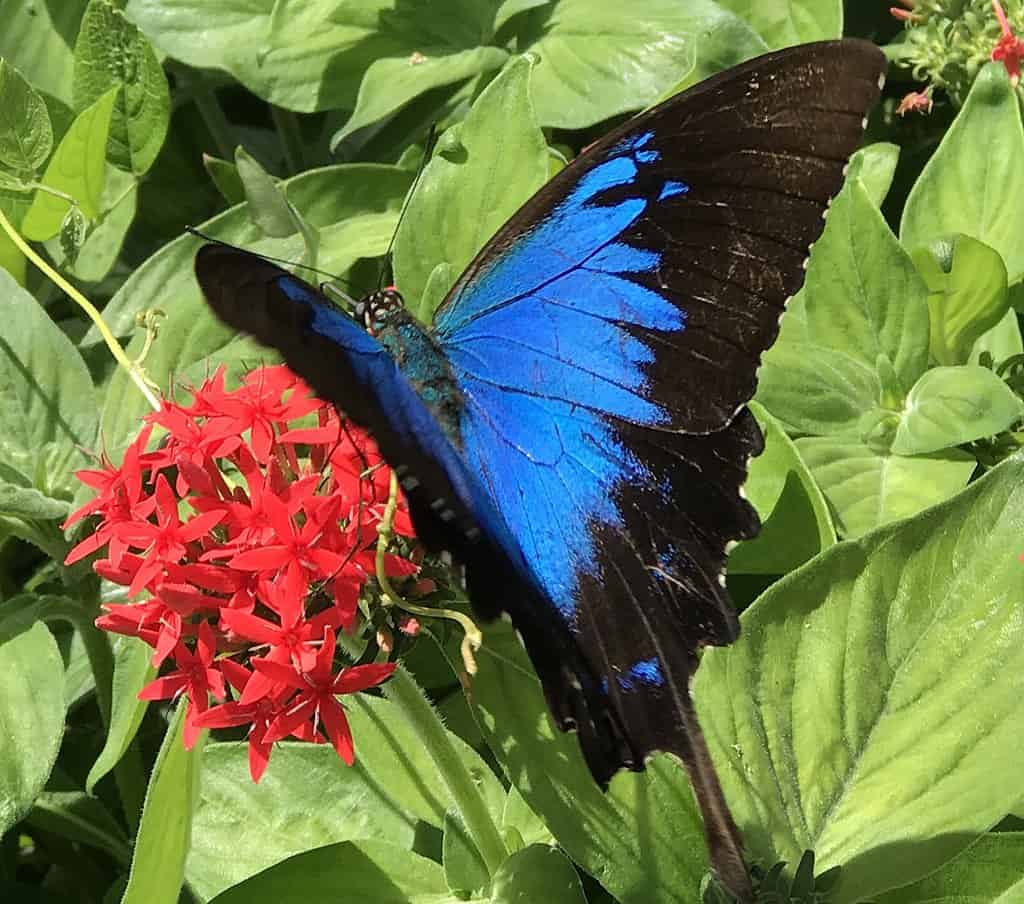
| Scientific Name | Papilio ulysses |
| Where it Lives | Australia, Indonesia, Papua New Guinea |
| What it Eats | Ground-dwelling invertebrates |
| Conservation Status | Least concern |
Fun Fact: “Ulysses” is the Latinized version of “Odysseus.” Odysseus was the hero of an epic poem written by Homer in the 8th century BC.
Ulysses butterflies are native to the western Pacific region. These butterflies are easily identifiable by their brilliant blue wings. However, the underside of their wings is brown, which helps to camouflage these butterflies when they close their wings.
15. Umbrellabird
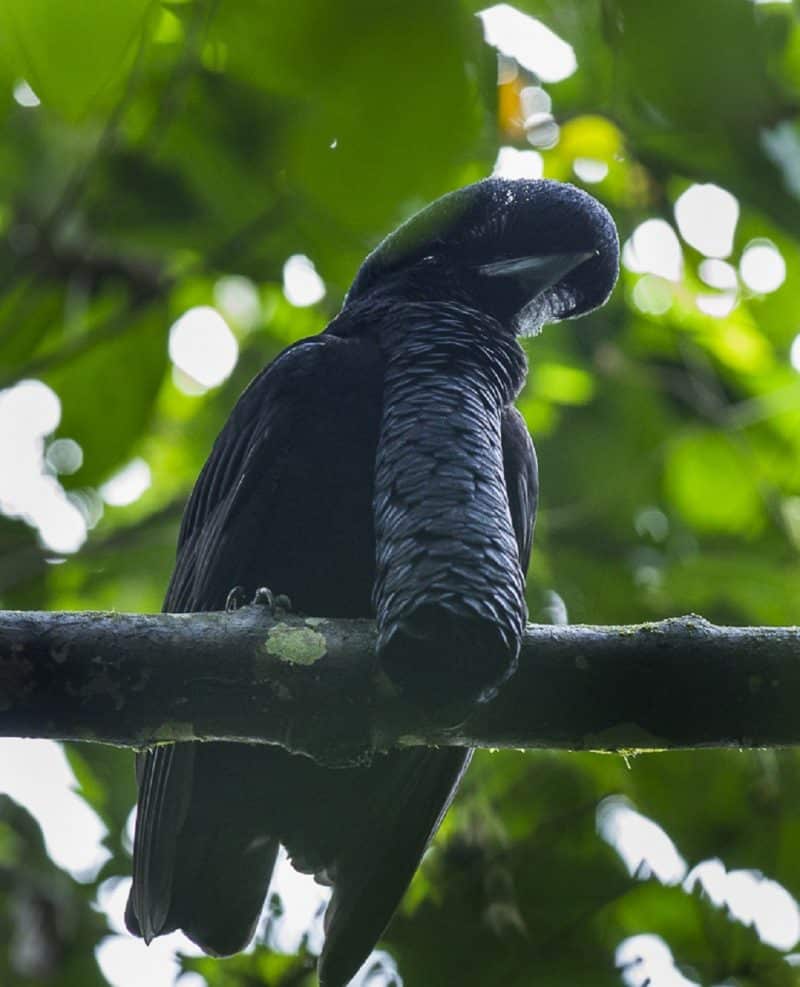
| Scientific Name | Cephalopterus spp. |
| Where it Lives | Rainforests of Central and South America |
| What it Eats | Insects, lizards, fruit, palm nuts |
| Conservation Status | Threatened |
Fun Fact: Umbrellabirds have a pound of flesh (wattle) protruding from their neck. This organ helps in amplifying their echoing calls.
Umbrellabirds are unique birds native to Central and South America. They have an umbrella-like crest covering their head, hence, their name. There are three umbrellabird species. The Long-wattled umbrellabird is considered vulnerable, the Amazonian umbrellabird is of least concern, and the Bare-necked umbrellabird is endangered.
16. Unadorned Rock Wallaby
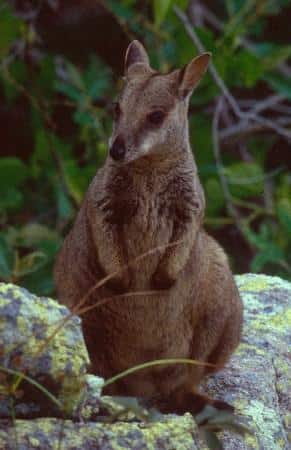
| Scientific Name | Petrogale inornata |
| Where it Lives | Northeastern Queensland, Australia |
| What it Eats | Grasses, flowers, fruit, fungi |
| Conservation Status | Least concern |
Fun Fact: The unadorned rock wallaby gets its name from its pale, plain coat.
Unadorned rock wallabies are a marsupial species indigenous to Queensland, Australia. Its morphology mirrors that of the Kangaroo family, featuring strong hind legs, short arms, and a long tail. They are powerfully agile and nocturnal animals.
17. Unau
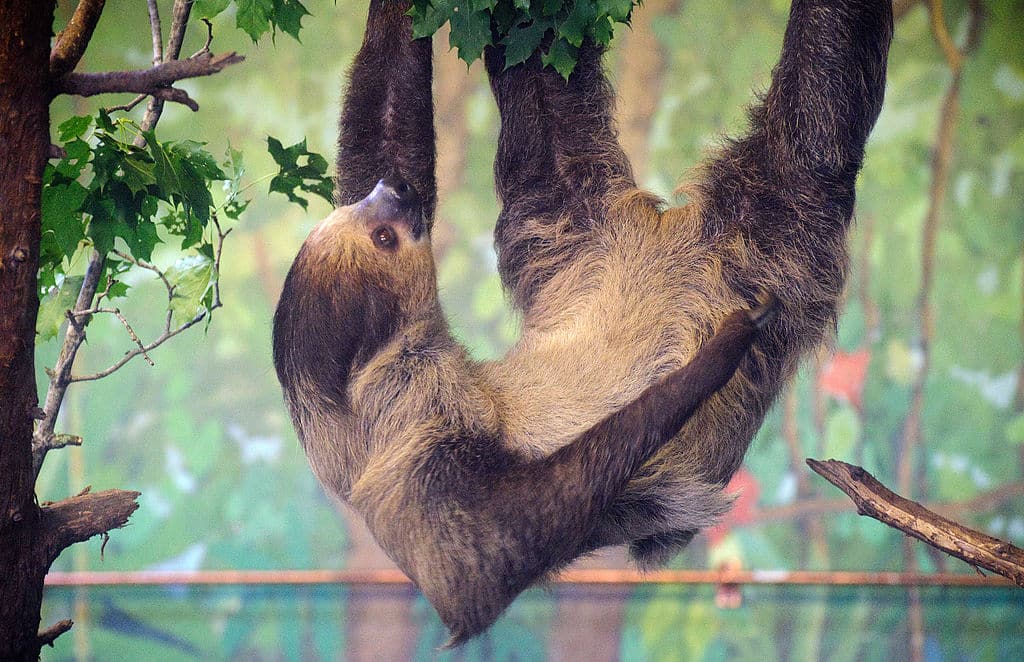
| Scientific Name | Choloepus didactylus |
| Where it Lives | South America |
| What it Eats | Leaves, fruit, nuts, insects |
| Conservation Status | Least concern |
Fun Fact: Sloths produce methane at a rate similar to that of ruminants like cows. This means they, like cows, fart a lot.
Unaus, otherwise known as Linnaeus’s two-toed sloth, are the largest (in size) living sloth species. Like other sloth species, unaus are incredibly slow, meaning their metabolism is slow and so they need not eat or defecate very often.
18. Unicorn Fish
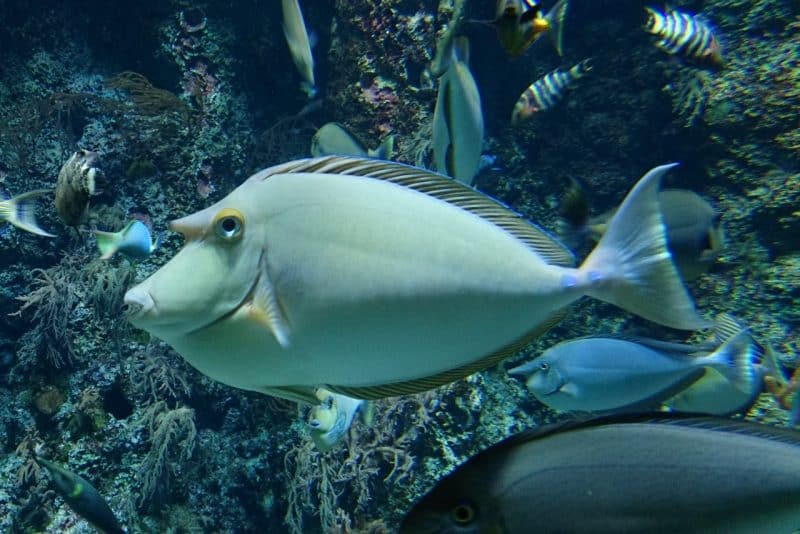
| Scientific Name | Naso brevirostris |
| Where it Lives | Indian and western Pacific Oceans |
| What it Eats | Zooplankton and algae |
| Conservation Status | Least concern |
Fun Fact: They are not magical fishes but they do have the horn that is portrayed in mythical stories.
Unicorn fish, although not as magical or mythical as portrayed, are distinct, sleek fishes with a single horn projecting from their forehead. Tropical in nature, you can find these fishes in the Indian and Pacific oceans. Two species have been located in Hawaii.
19. Union Jack Butterfly
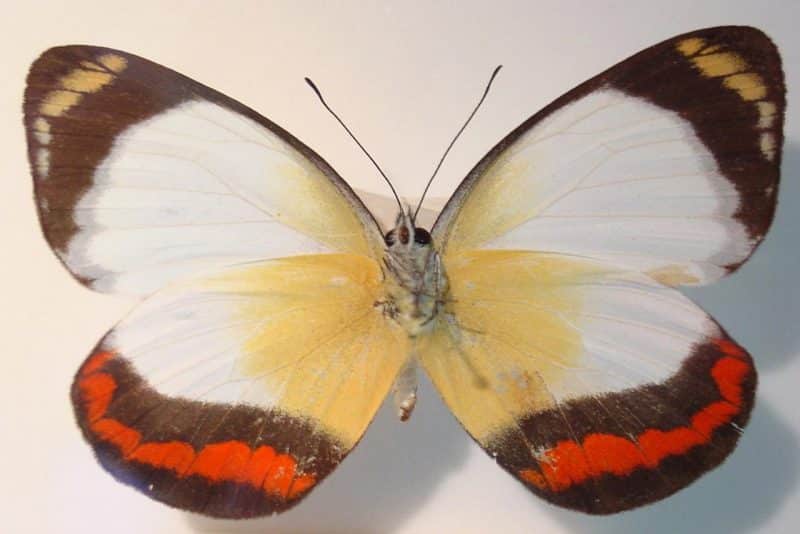
| Scientific Name | Delias mysis |
| Where it Lives | Australia, New Guinea |
| What it Eats | Leaves, nectar |
| Conservation Status | Least concern |
Fun Fact: The insect’s caterpillars eat only mistletoe plants, which are also the only plants where the butterfly will lay its eggs.
Union Jack Butterflies are so named because of their unique resemblance to the colors of the British flag. Although they originally took root in Australia, they have since migrated to other parts of the world including Japan, Papua New Guinea, and Indonesia.
20. Unexpected Cotton Rat
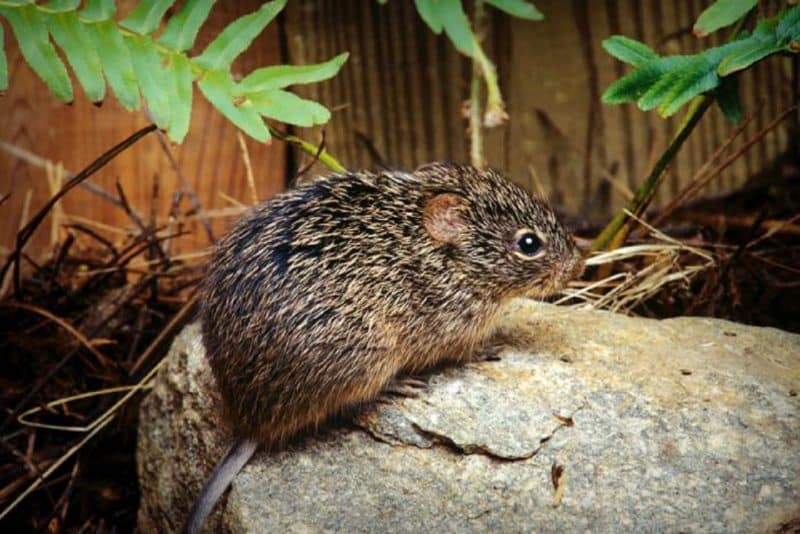
| Scientific Name | Sigmodon inopinatus |
| Where it Lives | Ecuador |
| What it Eats | Roots, stem, leaves, seeds |
| Conservation Status | Vulnerable |
Fun Fact: They are are considered pests by cotton farmers as they notoriously steal cotton.
Unexpected cotton rats are rodents found in the Ecuador Mountains. They are called cotton rats because they use the material to make their nests. They are considered endangered species due to human invasion.
21. Upland Pipit
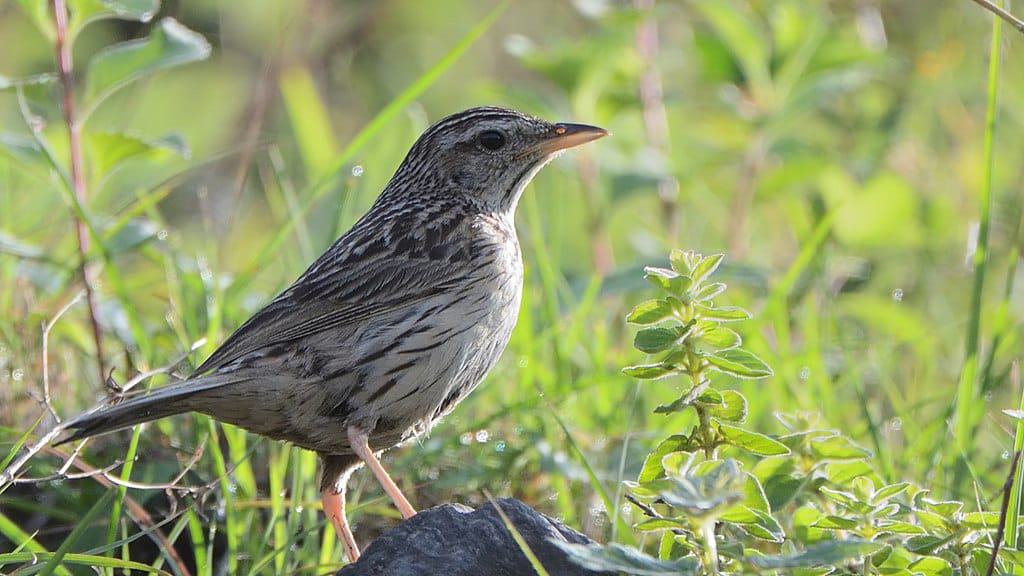
| Scientific Name | Anthus sylvanus |
| Where it Lives | Southern Asia |
| What it Eats | Insects, seeds, larvae |
| Conservation Status | Least concern |
Fun Fact: They are often confused with Richard’s and Blyth’s Pipits; however, they have a more compact beak and denser streaks.
Upland pipits are of the largest pipits in existence. They are typically found in China, Hong Kong, Afghanistan, Nepal, and Pakistan. These pipits’ inhabit foothills and mountains, but they descend during cold winter months.
22. Urial
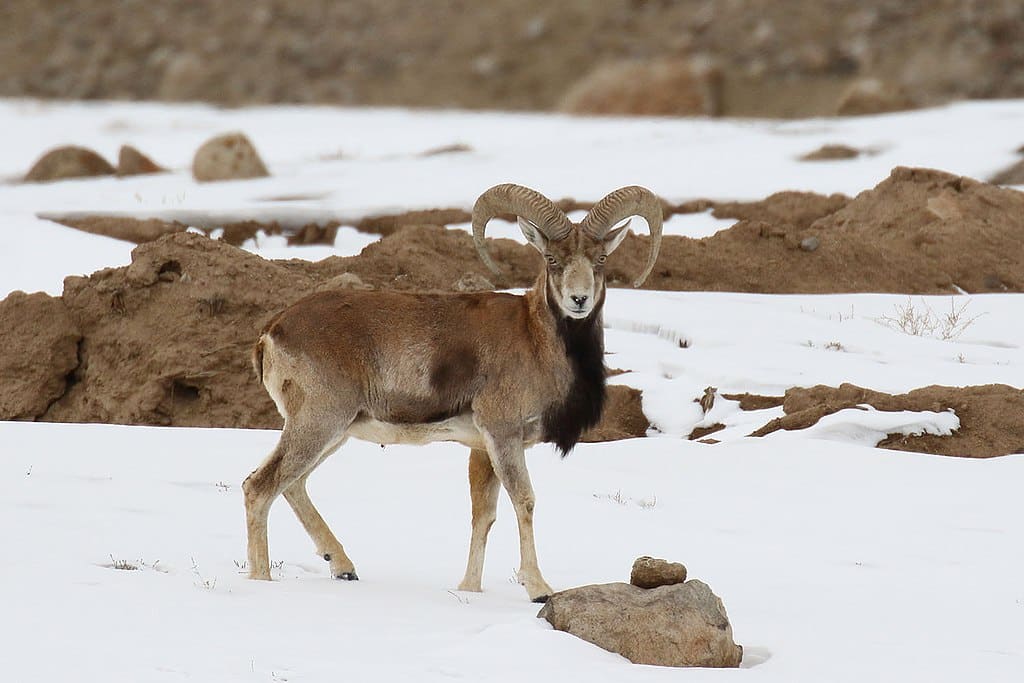
| Scientific Name | Ovis vignei |
| Where it Lives | Central and southern Asia |
| What it Eats | Grasses, shrubs, grains |
| Conservation Status | Vulnerable |
Fun Fact: Both males and females have horns, and they will fight by headbutting to establish dominance.
Urials are wild sheep found in many parts of Asia. Males typically have more than one female partner throughout their life, mating until the female is no longer receptive. A particular scent in females’ urine will communicate when they are ready to mate.
23. Urutu Snake
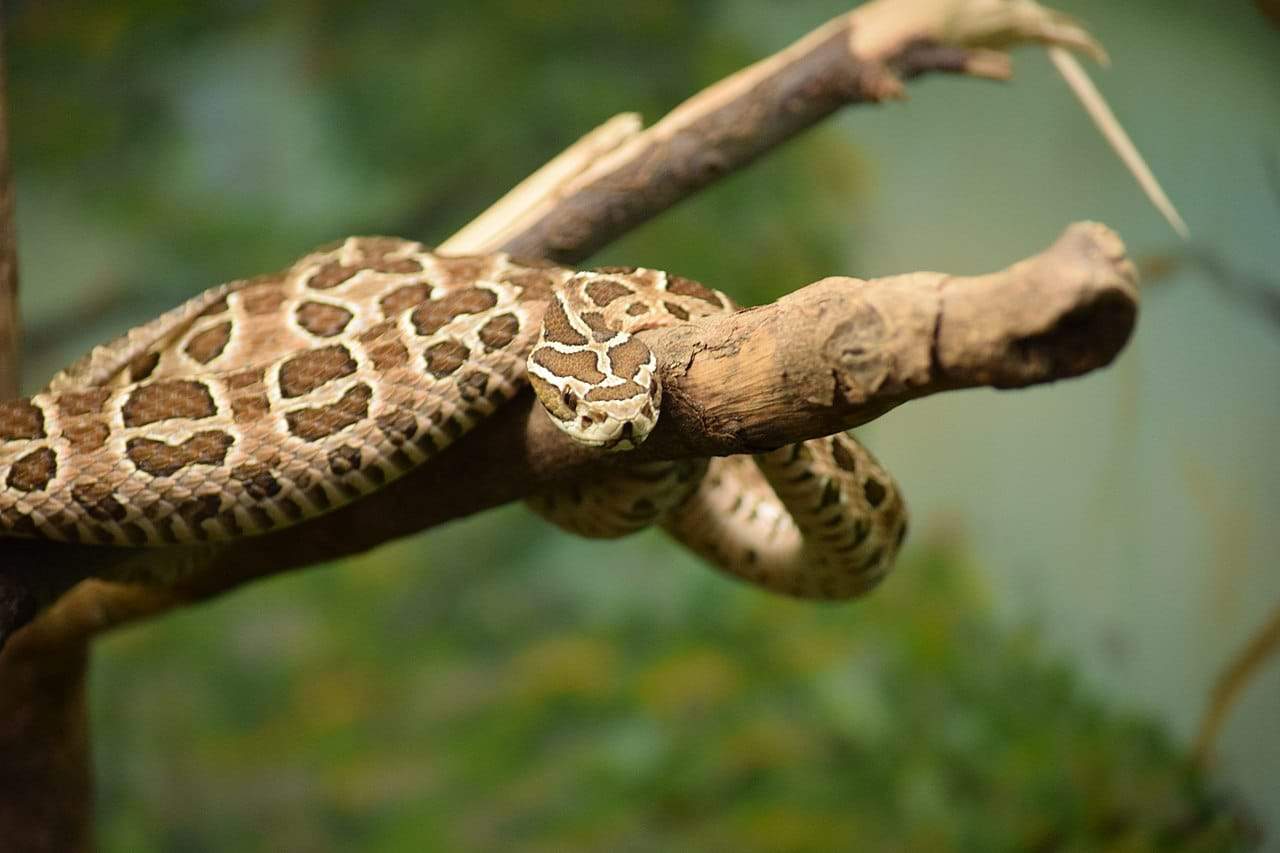
| Scientific Name | Bothrops alternatus |
| Where it Lives | South America |
| What it Eats | Small mammals, lizards, frogs, birds |
| Conservation Status | Least concern |
Fun Fact: Their species name alternatus is Latin for “alternating,” referring to their alternating, variable brown markings on their body.
Urutu snakes are highly venomous pit vipers found in Brazil, Paraguay, Uruguay, and Argentina. they commonly inhabit marshes, swamps, and other wet habitats. Their venom is highly toxic, causing severe local tissue damage in humans, but rarely death.
24. Ussuri White-Toothed Shrew
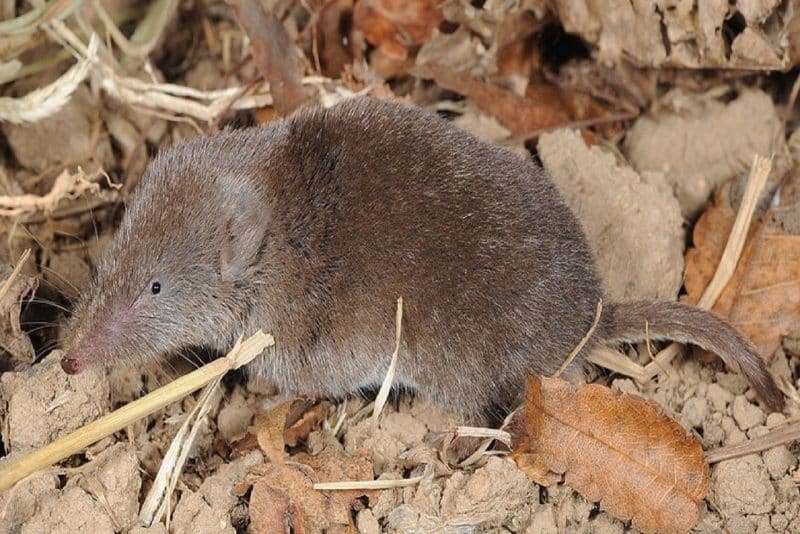
| Scientific Name | Crocidura lasiura |
| Where it Lives | Northeast Asia |
| What it Eats | Insects, beetles, earthworms |
| Conservation Status | Least concern |
Fun Fact: The Ussuri shrews are foul-smelling, which deters most predators from eating them.
Ussuri white-toothed shrews are rodents that populate Korea, China, and Russia. Despite their small size, they are some of the largest species of shrew. They typically burrow underground where hunt for their meals.
25. Utah Blind Snake
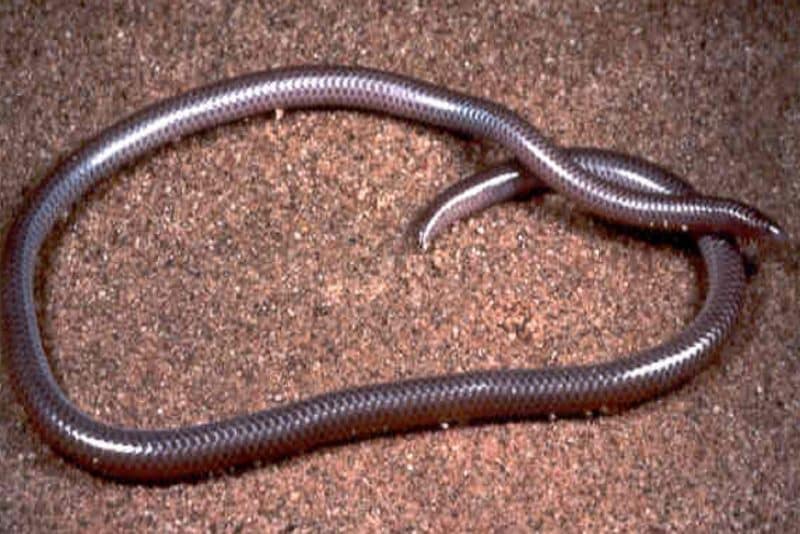
| Scientific Name | Leptotyphlops humilis |
| Where it Lives | Southwestern United States and northern Mexico |
| What it Eats | Ants, termites, millipedes, centipedes |
| Conservation Status | Least concern |
Fun Fact: They are often confused for worms.
Utah blind snakes, also known as western blind snakes, are snakes prevalent in Utah. They appear to have no eyes but their eyes are hidden behind their scales. The snake’s eyes are dark in color and look more like scales than eyes.
Summary of Animals that Start with U
There you have it: a host of interesting animals starting with the letter U. We’ve also covered every other letter of the alphabet, so please go ahead and take a look!
Get all A-Z Animals here:
- Animals That Start With A
- Animals That Start With B
- Animals That Start With C
- Animals That Start With D
- Animals That Start With E
- Animals That Start With F
- Animals That Start With G
- Animals That Start With H
- Animals That Start With I
- Animals That Start With J
- Animals That Start With K
- Animals That Start With L
- Animals That Start With M
- Animals That Start With N
- Animals That Start With O
- Animals That Start With P
- Animals That Start With Q
- Animals That Start With R
- Animals That Start With S
- Animals That Start With T
- Animals That Start With V
- Animals That Start With W
- Animals That Start With X
- Animals That Start With Y
- Animals That Start With Z
Join our Forum for free today!

- These are The 5 Largest Great White Sharks Ever Recorded - July 19, 2024
- The Surprising Benefits of Big Game Hunting - July 18, 2024
- $100k+ Hunting Experiences The Most Expensive Animals to Pursue - July 17, 2024

